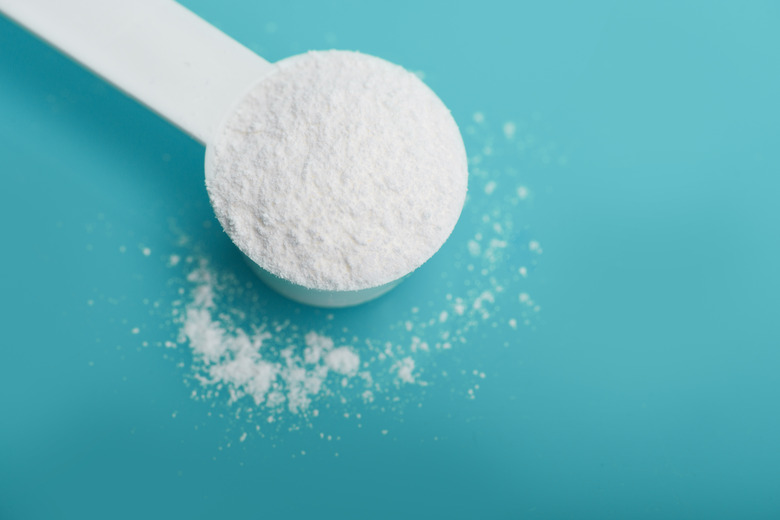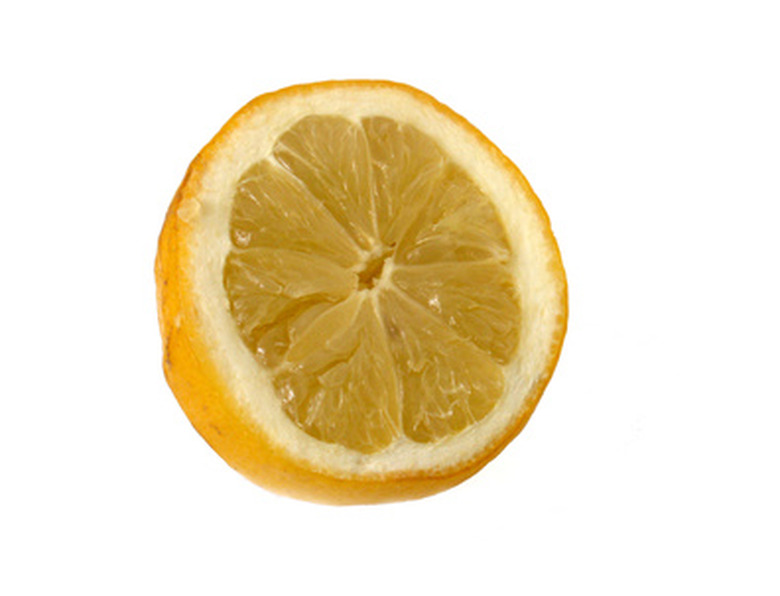Uses Of Acids & Bases
Acids and bases sit at opposite ends of the pH, or potential for hydrogen, scale: Acids sit closer to zero, and bases sit closer to 14. Each chemical has a different pH level and, along with it, a different way it is used by humans. Weak acids and bases are used in the home, while acids and bases further from a neutral pH of 7 tend to be used more in research or industrial capacities. When dealing with acids close to a pH of zero or bases of a pH close to 14, care should be taken because both can seriously harm a human.
TL;DR (Too Long; Didn't Read)
From lemon juice and baking soda in the household to hydrochloric acid and sodium hydroxide in laboratories and factories, acids and bases find many uses among humans.
Household Uses: Foods, Cleaners, Medicine
Household Uses: Foods, Cleaners, Medicine
Most homes have some form of acidic food or another: citrus fruits and vinegar are two examples. Some foods such as meat increase acidity in a human body, while vegetables decrease it. Sodium bicarbonate, better known as baking soda, is found in many recipes for baked goods and is basic. Humans use other acids and bases as cleaners. Recently, some have begun to tout vinegar as a natural cleaner because its high acidity kills germs, deodorizes, and removes rust. Batteries may contain acid, though this acid can be dangerous to humans. Many houses have bleach, sodium hypochlorite, as a cleaning agent for use in laundry, or lye as an oven cleaner and sink declogger. Humans use other bases, like calcium carbonate, to neutralize aggressive stomach acid and reduce heartburn.
Industrial Uses for Acids and Bases
Industrial Uses for Acids and Bases
The most commonly made industrial chemical in the world, sulphuric acid has numerous applications across industries. Companies make it as a precursor to phosphoric acid, which, in turn, finds use in detergents and phosphate fertilizers. However, if it gets out into the environment, sulphuric acid can acidify rain. Many industries use and make nitric acid for use in nitrate fertilizers and in explosives. The steel industry uses hydrochloric acid to clean metal sheets before processing. On the other side of the pH scale, paper manufacturers make use of sodium hydroxide to remove lignin from paper pulp. Also called lye, food producers use it as a chemical peeling agent for fruits. Bleach also finds use in the production of explosives, and care should be taken in the household, where it can commonly be found.
Chemical Reagents in the Laboratory
Chemical Reagents in the Laboratory
When acids and bases come into contact, they react – occasionally in a violent manner – and attempt to neutralize one another, leaving behind salt. Because this process is often visible, acids and bases saw use among early chemists as reagents. Modern scientists observe acids and bases in a living creature's body as they attempt to reach a form of equilibrium, and they monitor soil and bodies of water to ensure the pH does not go too far in one direction and hurt the ecosystem that contains it. Acids and bases also commonly find use as laboratory reagents. For example, scientists use hydrochloric acid to make chlorine dioxide and ammonium chloride.
References
- University of California Berkeley: Does the pH of Your Diet Matter?
- David Suzuki: Does Vinegar Kill Germs?
- Cleveland Clinic: Household Chemical Products and Their Health Risk
- NHS Choices: Antacids
- Libre Texts: Acid-Base Gallery
- Encyclopaedia Britannica: Acid-Base Reaction
- Pub Chem: Hydrochloric Acid
- Pub Chem: Sodium Hydroxide
- The Australian Government: Hydrochloric Acid
Cite This Article
MLA
Johnson, Doug. "Uses Of Acids & Bases" sciencing.com, https://www.sciencing.com/uses-acids-bases-6824504/. 26 April 2018.
APA
Johnson, Doug. (2018, April 26). Uses Of Acids & Bases. sciencing.com. Retrieved from https://www.sciencing.com/uses-acids-bases-6824504/
Chicago
Johnson, Doug. Uses Of Acids & Bases last modified March 24, 2022. https://www.sciencing.com/uses-acids-bases-6824504/

